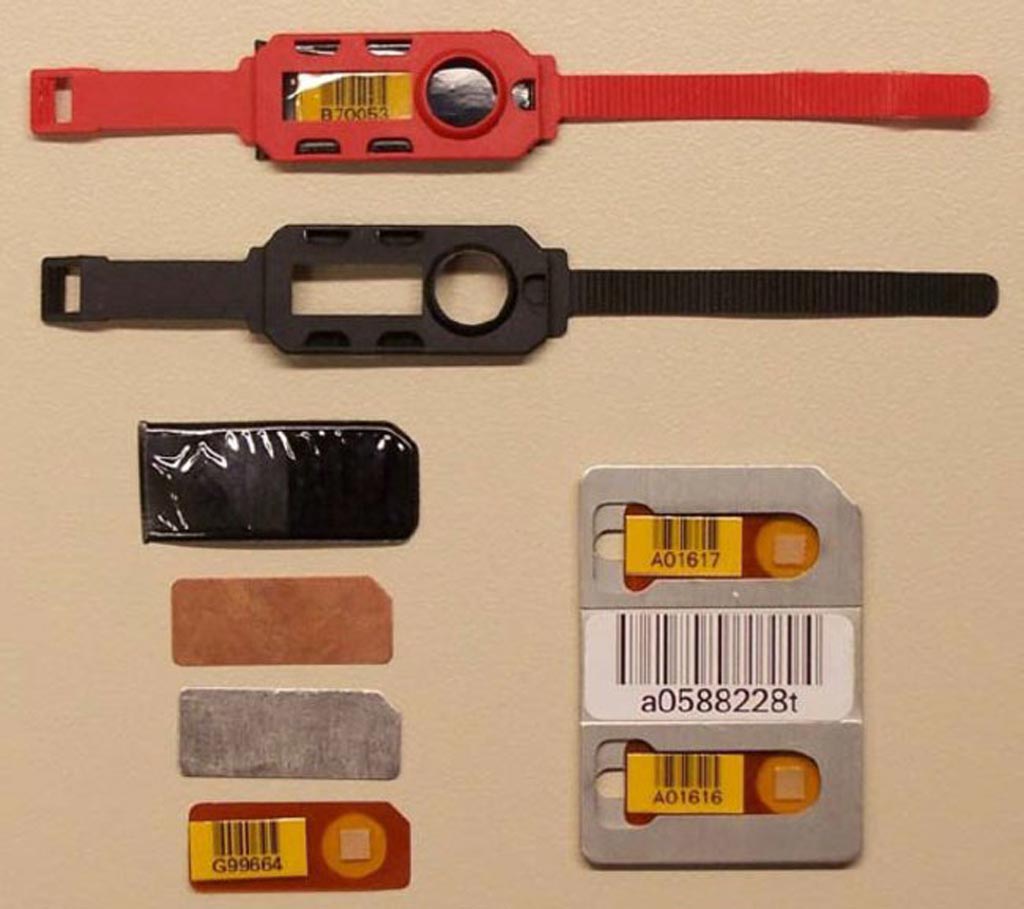New Monitoring Service Simplifies Radiation Safety Programs
By MedImaging International staff writers
Posted on 19 Mar 2019
A new dosimetry monitoring service enables facilities with radiation safety requirements to streamline management of their safety programs.Posted on 19 Mar 2019
The Thermo Fisher Scientific (Waltham, MA, USA) Dosimetry Services are designed to enable facility operators to monitor and track individual employee accumulated radiation dose with precision and accuracy. Participating organizations can use any of the whole-body proprietary Harshaw thermoluminescence dosimeter (TLD) devices to accurately and reliably measure gamma, beta, and neutron radiation doses. The TLDs are durable and easy to wear in a ring, wristband, or headband, and are designed to enable flexible extremity monitoring, depending on the user's need.

Image: Examples of Thermo Fisher extremity dosimeters (Photo courtesy of Thermo Fisher Scientific).
Medical and imaging facilities, dental offices, veterinary clinics, nuclear power plants, laboratories, and other institutions can then use the dosimetry services to deliver dosimeters, read and store cumulative data, and produce recurrent dose reports from single provider. The dosimetry services are provided via an accredited lab, with the results delivered through an online account management service, Thermo Scientific MyRadCare, which provides an easy, mobile-friendly way to manage accounts. MyRadCare operates on secure servers and uses advanced encryption technology to ensure all of online information is protected.
“After years of working with customers on dosimetry selection and deployment, we realized we could streamline the process, especially at smaller facilities, by removing much of the burden from them,” said Julie Planchet, vice president of Thermo Fisher Scientific and general manager of field and safety instruments. “This new service gives facility management teams an easier way to track occupational doses, monitor exposure over time, and handle much of the complexity of compliance record-keeping and reporting.”
Ionizing radiation damage to the human body is cumulative, and is related to the total dose received. Those exposed to radiation, such as radiographers, nuclear power plant workers, interventional doctors using fluoroscopy and radiotherapy, those in laboratories using radionuclides, and hazardous materials (HAZMAT) teams are required to wear dosimeters so a record of occupational exposure can be made.














